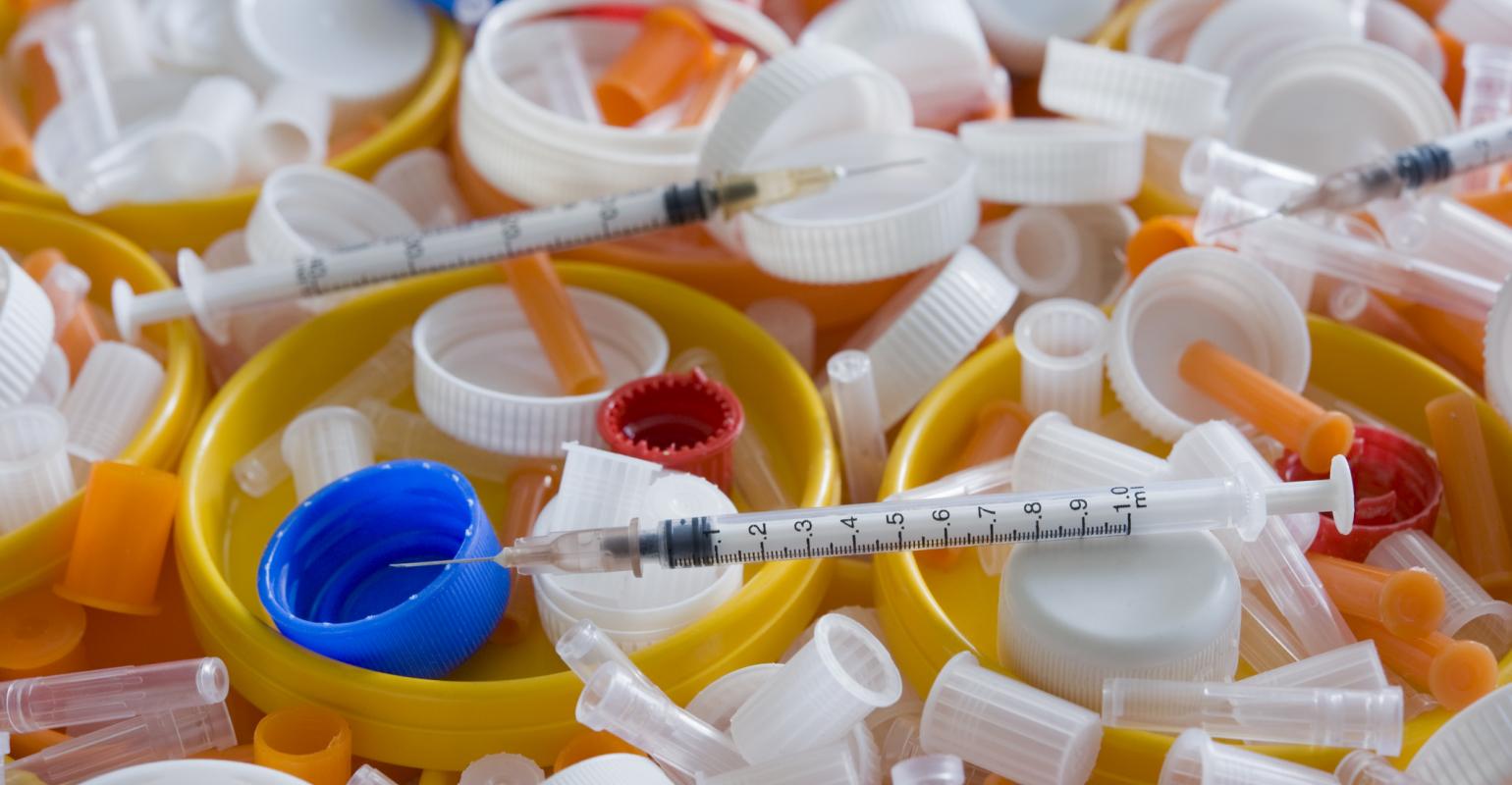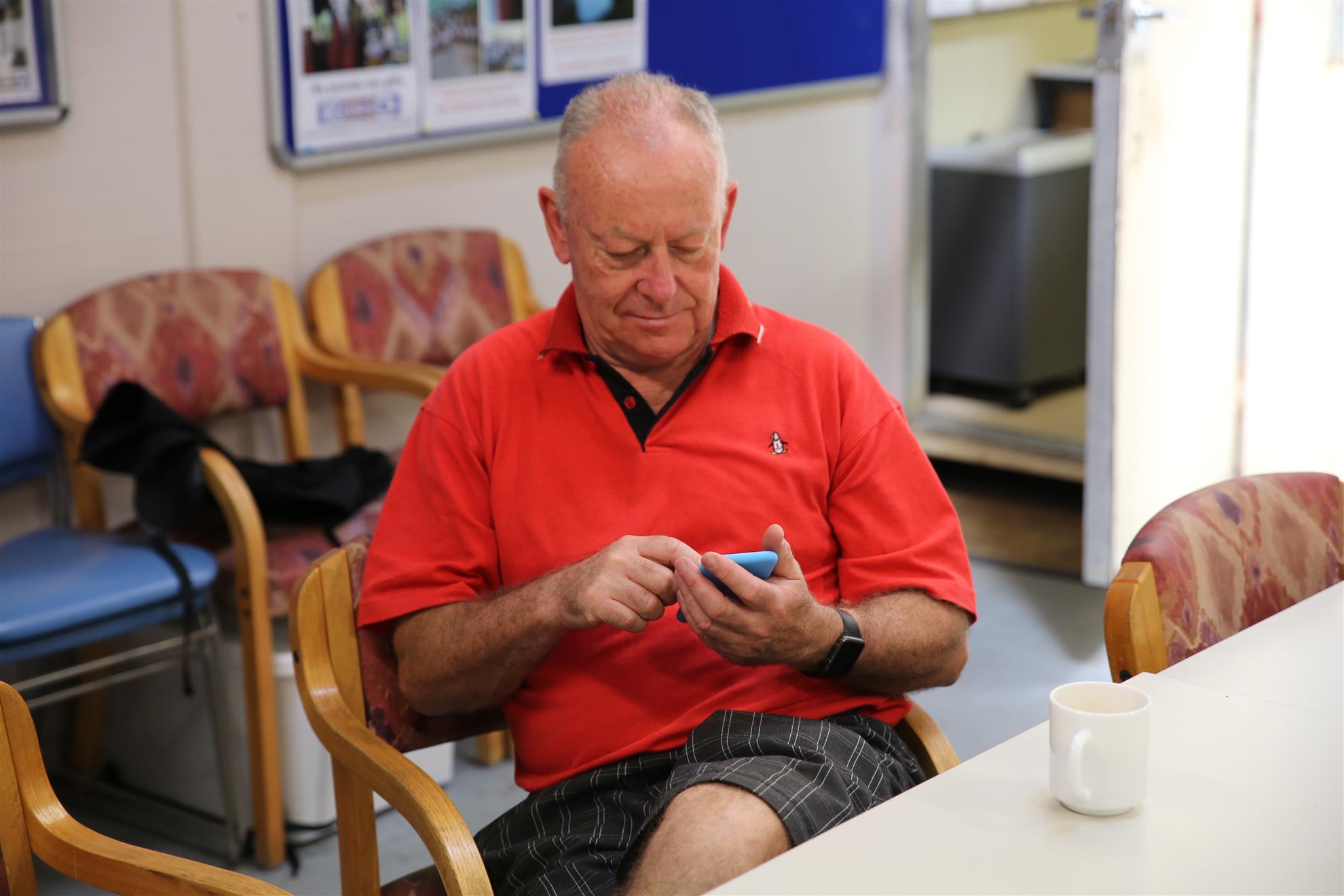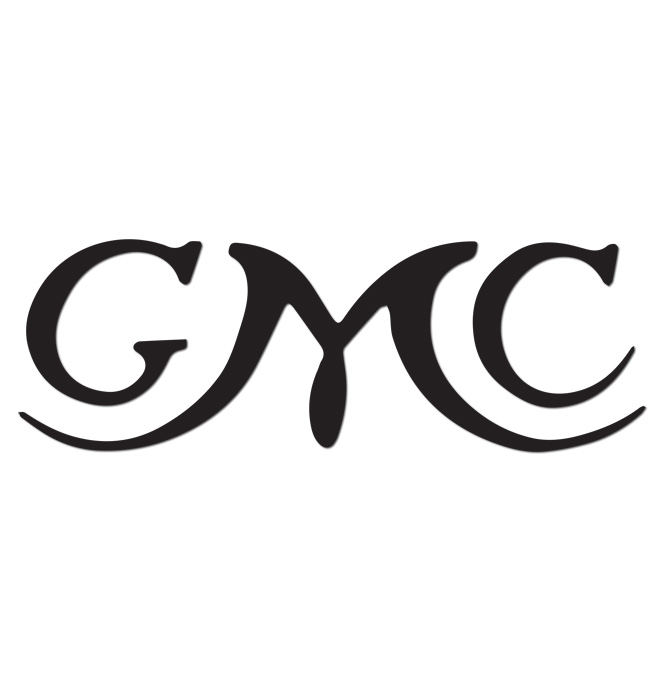
Oh to be in England . . .
“The Fixes” had a robust discussion on Monday, on the future of Europe. One point that leapt out, was that Europe is not the place we remember from our youth:
The British public should turn d own their heating and switch the time when they eat dinner this winter in order to avoid rolling blackouts, government advisors have warned.
own their heating and switch the time when they eat dinner this winter in order to avoid rolling blackouts, government advisors have warned.
Rather than using the domestic natural resources afforded to Britain, such as fracking for natural gas on land and drilling for oil in the North Sea, the government of Prime Minister Boris Johnson instead focused on so-called green energy sources such as wind and solar, despite the necessary equipment often being produced in concentration camps in Communist China.
Where will it all end?
Dumping at DIK
 One of the problems we have at the Donations-in-Kind warehouse is that medical goods go out of date, and have to be discarded. As we prepare to send it to the tip, we discover it is classified as “medical waste”. Although much of it consists of unopened sterile packaged goods, this term conjures up the image of dressings soiled with body fluids and excrement. It is therefore more expensive to dispose of. “Sharps”, such as needles and scalpel blades have all to be discarded separately.
One of the problems we have at the Donations-in-Kind warehouse is that medical goods go out of date, and have to be discarded. As we prepare to send it to the tip, we discover it is classified as “medical waste”. Although much of it consists of unopened sterile packaged goods, this term conjures up the image of dressings soiled with body fluids and excrement. It is therefore more expensive to dispose of. “Sharps”, such as needles and scalpel blades have all to be discarded separately.
The Hospitals believe they are being helpful in giving goods near their expiry date to someone who can use them, but often by the time things are sorted out, re-boxed and loaded, and a suitable recipient identified, the “use-by” date has passed. Then we are faced with disposal.
So we need helpers to come along and go through the boxes, and chuck stuff out. No heavy lifting, infection risk, or difficult decision-making.
Could you help on a Thursday, or at a working bee? Please contact gcheyne@bigpond.net.au
Here’s some bedtime reading about Categories of Medical Waste, FYI.
 Precisely defining medical waste on the basis of quantity and type of etiologic agents present is virtually impossible. The most practical approach to medical waste management is to identify wastes that represent a sufficient potential risk of causing infection during handling and disposal and for which some precautions likely are prudent.2 Health-care facility medical wastes targeted for handling and disposal precautions include microbiology laboratory waste (e.g., microbiologic cultures and stocks of microorganisms), pathology and anatomy waste, blood specimens from clinics and laboratories, blood products, and other body-fluid specimens.2 Moreover, the risk of either injury or infection from certain sharp items (e.g., needles and scalpel blades) contaminated with blood also must be considered. Although any item that has had contact with blood, exudates, or secretions may be potentially infective, treating all such waste as infective is neither practical nor necessary. Federal, state, and local guidelines and regulations specify the categories of medical waste that are subject to regulation and outline the requirements associated with treatment and disposal. The categorization of these wastes has generated the term “regulated medical waste.” This term emphasizes the role of regulation in defining the actual material and as an alternative to “infectious waste,” given the lack of evidence of this type of waste’s infectivity. State regulations also address the degree or amount of contamination (e.g., blood-soaked gauze) that defines the discarded item as a regulated medical waste. The EPA’s Manual for Infectious Waste Management identifies and categorizes other specific types of waste generated in health-care facilities with research laboratories that also require handling precautions.
Precisely defining medical waste on the basis of quantity and type of etiologic agents present is virtually impossible. The most practical approach to medical waste management is to identify wastes that represent a sufficient potential risk of causing infection during handling and disposal and for which some precautions likely are prudent.2 Health-care facility medical wastes targeted for handling and disposal precautions include microbiology laboratory waste (e.g., microbiologic cultures and stocks of microorganisms), pathology and anatomy waste, blood specimens from clinics and laboratories, blood products, and other body-fluid specimens.2 Moreover, the risk of either injury or infection from certain sharp items (e.g., needles and scalpel blades) contaminated with blood also must be considered. Although any item that has had contact with blood, exudates, or secretions may be potentially infective, treating all such waste as infective is neither practical nor necessary. Federal, state, and local guidelines and regulations specify the categories of medical waste that are subject to regulation and outline the requirements associated with treatment and disposal. The categorization of these wastes has generated the term “regulated medical waste.” This term emphasizes the role of regulation in defining the actual material and as an alternative to “infectious waste,” given the lack of evidence of this type of waste’s infectivity. State regulations also address the degree or amount of contamination (e.g., blood-soaked gauze) that defines the discarded item as a regulated medical waste. The EPA’s Manual for Infectious Waste Management identifies and categorizes other specific types of waste generated in health-care facilities with research laboratories that also require handling precautions.
The Programme:
 No meeting this week, but next week Peter Lugg will talk about how his work as an Orthopaedic Surgeon in Cambodia has changed in recent years. He has a particular interest in the people of Cambodia, and assists in alleviating their medical conditions where possible. Most of it revolves around orthopedics and hip replacements. Our photo shows Peter relaxing at a coffee break, at DIK.
No meeting this week, but next week Peter Lugg will talk about how his work as an Orthopaedic Surgeon in Cambodia has changed in recent years. He has a particular interest in the people of Cambodia, and assists in alleviating their medical conditions where possible. Most of it revolves around orthopedics and hip replacements. Our photo shows Peter relaxing at a coffee break, at DIK.
TTFN
